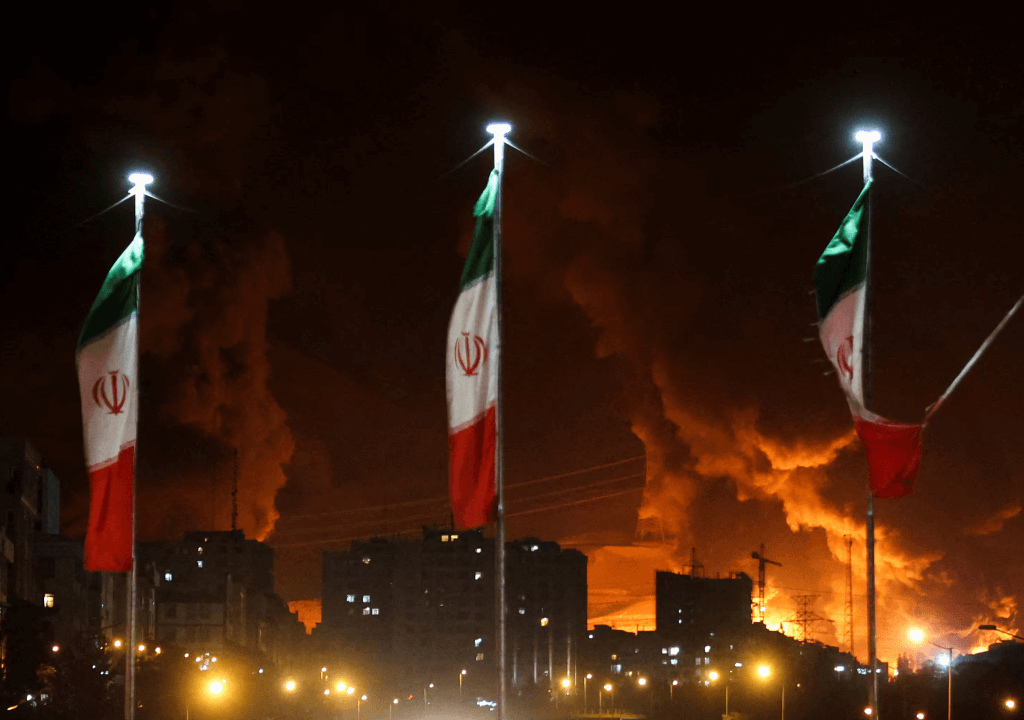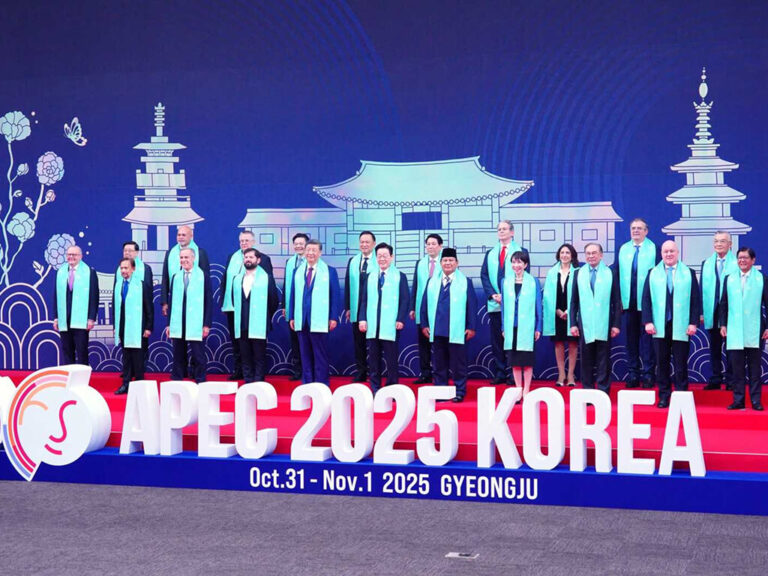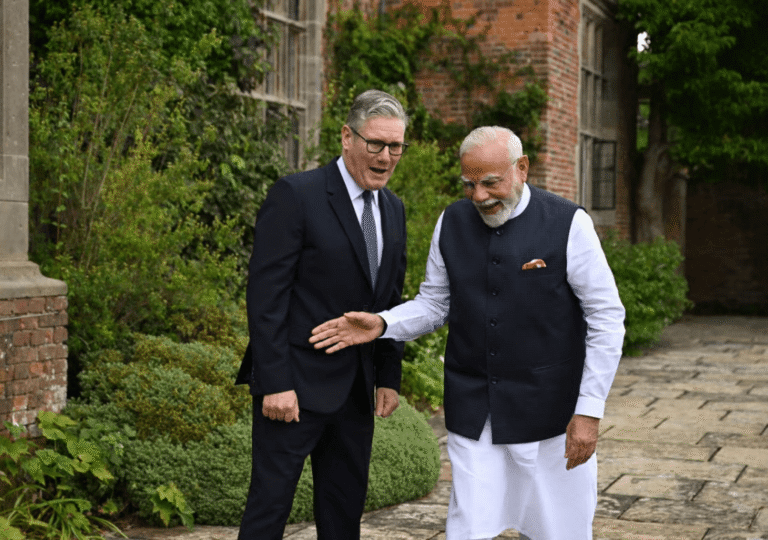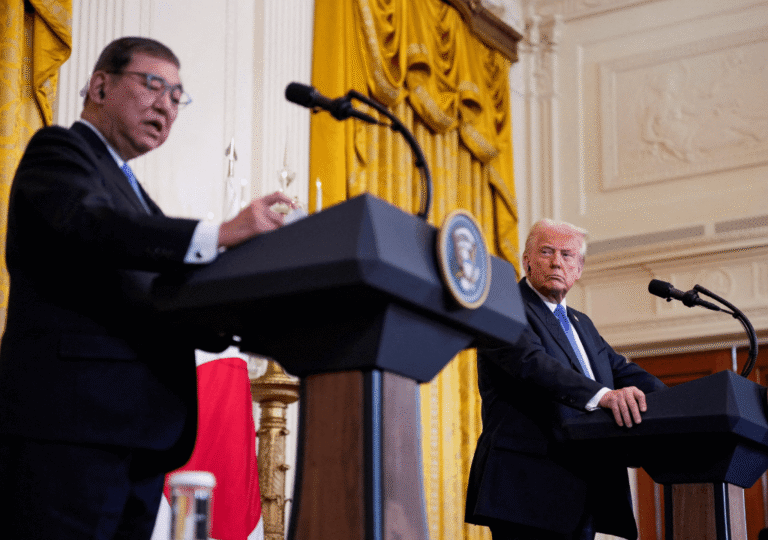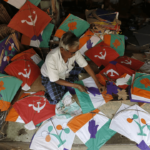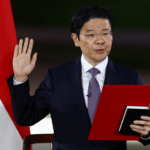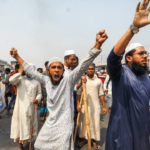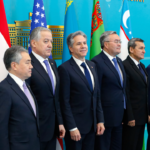From June 13 and 24, for twelve tense days, missiles and drones filled the skies over the Middle East, crossing borders and delivering destruction with precision and intent. As the world watched, what seemed like the beginning of a full-scale regional war unfolded—only to be halted by a sudden and unexpected ceasefire. Both sides claimed victory. But the exchange revealed more than military strength; it exposed intent. For Iran, the message was unmistakable: Israel aims to dismantle the Islamic Republic, and no leader is beyond reach. Israel, long confident in its defense systems, was forced to reckon with the range and force of Iran’s missile arsenal. In the final days, the United States stepped in, backing Israel and launching strikes on Iranian nuclear sites. The battlefield is quiet now. But the question lingers: when will it all ignite again?
What did Israel and the US achieve?
Israel entered the clash brimming with confidence. A string of clandestine strikes against Iranian nuclear facilities—along with targeted killings of figures judged existential threats—convinced leaders in Jerusalem that they could steer events at will. Prime Minister Benjamin Netanyahu boasted that the raids had set Iran’s nuclear clock back by years.
But Iran’s retaliatory strikes—far more powerful than anything previously launched by Hamas, Hezbollah or Houthis—hammered Israel’s major cities and shattered any lingering sense of invulnerability. The scale of the attack stunned not only Israel but much of the world.
Israel, however, managed to draw the United States into the fight. In response, Washington deployed B‑2 stealth bombers to target Iranian nuclear sites, with U.S. officials claiming the strikes inflicted significant damage. From Israel’s perspective, the operation was a strategic win: it disrupted Iran’s momentum toward a nuclear weapon, eliminated high-value targets, and, in their view, limited the effectiveness of Iran’s retaliation. For the United States, the strikes served as a message—Tehran’s threats would not be dismissed as mere political theater.
What has Iran achieved?
Despite enduring waves of missile strikes and suffering significant casualties, Iran considers the latest escalation as a victory. Tehran has positioned itself as the vanguard of Islam in the face of Zionism—a message that, surprisingly, has begun to resonate even in Sunni-majority states historically wary of Shia Iran. Domestically, the regime has seized the moment to tighten control, labeling liberals and dissenters as traitors and ramping up crackdowns with broad public backing. Though the war came at a steep cost, it bolstered the clerical establishment’s grip on power.
The confrontation also derailed what little remained of nuclear diplomacy. Iran has withdrawn from cooperation with the International Atomic Energy Agency and now openly asserts its right to pursue nuclear weapons.
Despite the loss of senior commanders and significant damage to its nuclear infrastructure, Iran emerged from the conflict with something it had long sought—renewed legitimacy and a sense of superiority in the Islamic world.
The aftermath
The Middle East shows no signs of changing. Because the real issue isn’t politics. Beneath the façade of modern nation-states lies a tangled web of religious rivalries and deeply ingrained religious identities. As long as these divisions persist, conflict is all but guaranteed—fueled not just by earthly power struggles, but by visions of the afterlife, divine justice, and sacred entitlement. What looks calm today is, in truth, only a brief pause before the next inevitable reckoning.
The fragile peace holding now isn’t the product of diplomatic wisdom or mature leadership—it’s being preserved by economics. Many observers point to the war’s pause because the war entered the Gulf. Iranian drones violated Qatari airspace while targeting a U.S. base, and Tehran has threatened to close the Strait of Hormuz—a move that sent shockwaves through Global markets, where any conflict could have catastrophic global economic consequences. Once again, it’s money that’s saving the world.
This latest escalation also underscores a broader geopolitical pattern: most Sunni-majority governments—including Saudi Arabia, the UAE, and Turkey—have opted to stay on the sidelines, as has neighboring Pakistan. India remains officially neutral. Meanwhile, Russia and China continue to support Iran, though neither appears eager to become deeply involved.
No one knows when the next eruption will occur. Washington and Jerusalem are quietly courting Sunni partners—including Pakistan—hoping for more support on their side and undercut Tehran’s influence without igniting a full-scale war and the economic fallout that would follow. Iran, for its part, is focused on silencing domestic dissent and tightening internal control, even during this relative lull.
In short, the conflict hasn’t ended—it has merely shifted form. The missiles may be silent for now, but the war continues through strategic maneuvering and propaganda campaigns.

